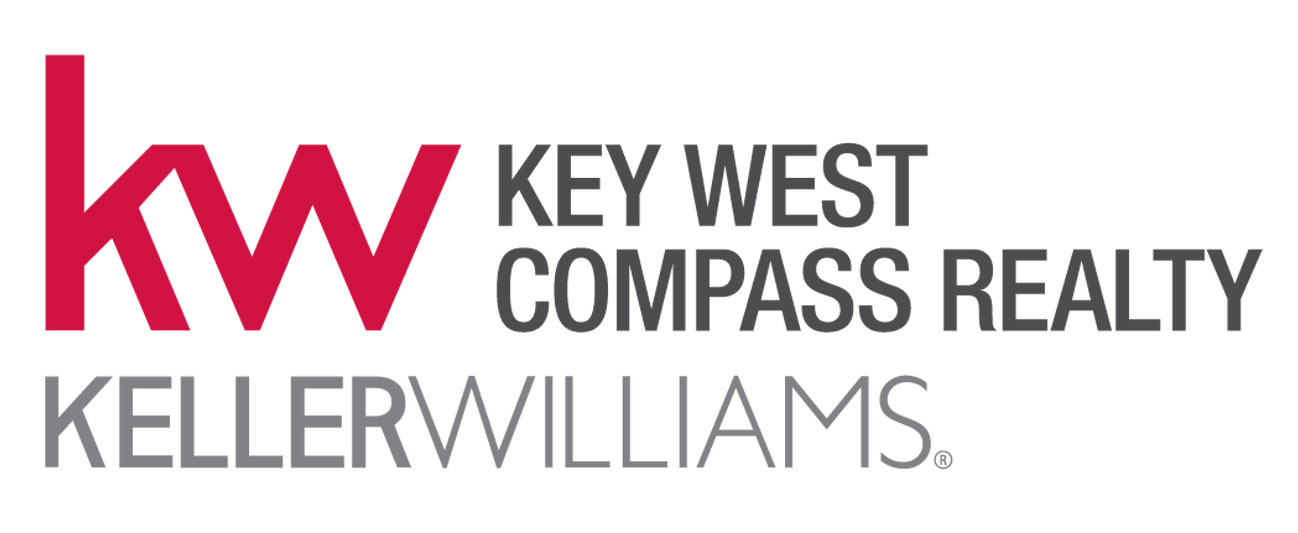Solar power has ranked as the 1st or 2nd largest source of new power generation capacity installed in the U.S. in each of the past six years (2013 - 2018). This according to the Solar Energy Industries Association (SEIA). In 2018, 2.4 gigawatts (GW) of residential solar were installed. A GW is 1,000 megawatts (MW). One MW can power 750 homes. 2.4 GW equals 1.8 Million homes. Florida ranks 2nd for projected capacity to be installed over the next 5 years, with nearly 5.5 GW (4.125 Million homes) expected to come online. And so, How is Solar performing in Key West?
Where Do I Start - Daily Use Rate
Slightly over 1% of Florida's electricity comes from Solar, generating enough power for approximately 380,000 homes. Overwhelmingly solar installation and generation in Florida comes from Public Utilities.
Electricity for Key West and the Florida Keys is generated by the Turkey Point power plant in Homestead. Power from the plant is bought and transmitted into the Lower Keys and Key West by Keys Energy Services. How to determine how much electricity your house uses is simple.
- Electricity is measured in kilowatt hours (kWh).To determine how many kilowatt hours (kWh) you use per day, contact Keys Energy at 305.295.1000. Ask for your low, average and highest kilowatt per hour (kWh) you are using per day, per month as calculated over the past twelve months or,
- Go online,
- Select View Your Account & Pay Your Bill,
- LogIn,
- Select Bill History,
- Select View Bill. Your Consumption History will show the average kWh use rate per day by month for the last 12 months. From these use rates you can see the lowest and highest use rates. For instance, my lowest is 28 kWh per day in February and highest is 84 kWh per day in August with an average for the year at 62 kWh per day.
These use rate amounts will help you determine how many solar panels to install.
Where Do I Start - How do I use my Energy most efficiently
Keys Energy will provide an Energy Audit of your home - for Free. This 1-hour, in-home audit identifies each primary component of your daily kWh use; air conditioning, water heater, pool pump, appliances, etc. and the estimated number and percentage of kWh they use per day. Energy saving tips are provided for each component. Recommendations are discussed about controlling heat intrusion and cooling loss around windows and doors including areas where insulation will provide the most benefit.
The goal is to make your existing home as energy efficient as possible. To schedule an Energy Audit, phone Armando Mira at 305.295.1080.
Now that you know your usage rate and means by which to best use your kilowatts, let's talk Solar.
Where can I install Solar Panels - Rules and Regulations
To understand better what I can and can not do when it comes to installing solar at my Old Town (Historic District) house, I turned to a long time source in the Planning Department at Key West, Enid Torregrosa, HARC Preservation Planner. From Enid I learned the primary do's and don'ts of solar installation in Old Town Key West.
The Guidelines for installing Solar Collectors on historic buildings in Key West are simple:
- Panels, related equipment and cabling are to be nearly invisible from "public streets".
- Installations shall not exceed power generation greater than that reasonably needed for the property.
- Character defining features of existing buildings shall not be damaged or obscured.
- Installations shall not rise above roof peaks and be set back from corners and edges.
- Color, shape and proportions of the arrays shall match the shape and proportion of the roof and shall be installed in a uniform fashion.
- As always, applicable Building Code governs the physical installation such that structural and windstorm integrity are not jeopardized.
However, be also advised of the 2008 Florida Statute 163.04 – energy devices based on renewable sources. This statute significantly restricts the authority of local agencies regarding controlling or directing the installation of renewable energy sources on privately owned commercial and residential property. The Statute encourages property owners to “Go Solar” by letting them know the State backs their initiative and investment. The HARC Guidelines encourage property owners to be respectful of the heritage of their property and neighborhood.
You now know how many kilowatts per hour you are using, how to use them most efficiently and some of the guidelines for where solar panels can be installed. Now you want to know how many panels to install, where and how to install the and by whom - you need a Certified Solar Contractor.
Who can install my Solar Panels - Certified Solar Contractor*
According to the Department of Business and Professional Regulations (DBPR), there are two contractors properly llicensed to be Solar equipment installers in Monroe County. I chose Florida Solar One and owner Ray Johnson, President and Founder. Rapid response, thorough, scientific and confident.
* Electrical, Engineer and Building Certifications included.
How to Calculate the number of panels needed
Regardless of whether you want to generate enough kilowatt hours to run your entire house or you want to generate enough kilowatt hours to offset the energy required to run only your a/c, or your frig, or your pool pump, the process to make this determination is the same. How many kilowatt hours do you want to generate? In my case, for the entire house at its highest amount, that is 85 kilowatt hours (kWh).
- Standard calculation for average number of peak solar generating hours per day is 5 hours.
- Divide kilowatt hours needed by peak hours in a day or 85kWh/5 peak hours = 17 kilowatts or 17000 watts.
- A single solar panel generates approximately 300 watts.
- To determine how many panels are needed, divide watts needed by 300 watts per panel or 17000 watts/300 watts = 56 panels.
- To run my entire house by solar on the highest use day in August or September, I would need 56 panels.
How many panels can I physically install?
How many panels can fit on the space I have? Solar panels work best when they are free from shade and are perpendicular to the sun. South is best, then east and lastly west. North is no good in the northern hemisphere because the panels cannot be perpendicular to the sun.
- The SW facing, pitched, metal shingled roof on my Eyebrow house is approximately 264” tall x 384” wide. (22’ x 32’). Building code states I must leave 3' around the perimeter to keep the panels on the roof in case of a hurricane.
- One panel is 65” tall x 35" wide. Panels must be installed in "portrait", not "landscape".
- On my roof, I can install 3 panels top to bottom and 8 panels side by side for a total of 3 x 8 = 24 panels.
- Total energy generated is 24 panels x 300 watts per panel = 7,200 watts DC. Ignore losses in the conversion from DC to AC.
- 7,200 watts x 5 hours/day = 36,000 Watts or 36 kWhrs/day.
- 24 panels will produce about 50% of the annual energy required to operate my home.
Benefits and Tradeoffs
My average monthly electric bill for the past twelve months, not including any power cost adjustments, is $235 or $2820 annually. Industry standard is, one solar panel saves $5 per month. At $5 per panel, 24 panels save $120 per month or $1440 annually.
The estimate for the installation of the 24 panels on the roof of my house is $24,000. Installation costs include:
- Complete installation of solar panels, racking and roof sealing
- Electrical connections
- Labor and office workers
- Plans and permits
The Residential Energy Efficiency Property Credit is a 30% Federal tax credit on the total cost of solar panel purchase and installation. Unused credits can be rolled over. Florida offers no solar rebates for homeowners. Keys Energy will restart its rebate program October 1, 2019. Keys Energy rebates are usually for appliances, insulation, etc. Solar rebate? Unknown.
Florida does offer a Property Tax Abatement for Renewal Energy Property which provides a 100% property tax exemption for renewal energy property (equipment). So your investment in solar panels, etc., won't raise your property taxes.
Do solar panels pay for themselves? Subtract the 30% Federal tax credit from the estimated cost of the project. $24,000 - $7,200 = $16,800. Divide $16,800 by the annual electric savings of $1440 to estimate the years it will take for the installation to pay for itself, $16,800/$1440 = 11.6 years. If you include nominal electricity cost increases and inflation, the number of years to pay for itself is closer to 9 - 9.5 years.
Every search I conducted shows that solar systems not only add value to the resale value of your home, but also cause a solar home to sell faster. Buyers pay a premium for solar systems. More than remodeling kitchens or bathrooms, solar systems are excellent investments that last and last.
Conclusion
For those who have roofs, like me, of Berridge style Victorian and Classic shingles, there are no expectations for an energy generating shingle of this historic style in the foreseeable future. Neither are v-crimp shingles being designed to create energy. Tesla shingles and laminates can be used as building materials in some circumstances; however, presently they are designed to serve primarily West Coast customers. Solar panels and their framework, which have long (25+ year) life cycles and are fully hurricane rated, are our option.
Energy is falling from the sky. All you have to do is grab it. It's not going away. Go get it.
Final note: Every project is tailored to the individual and the property. The costs shown above are best price estimates for me so please understand that your prices are going to be different.
If you have any comments or questions, please contact me here.
Good luck!
Additional Sources:










